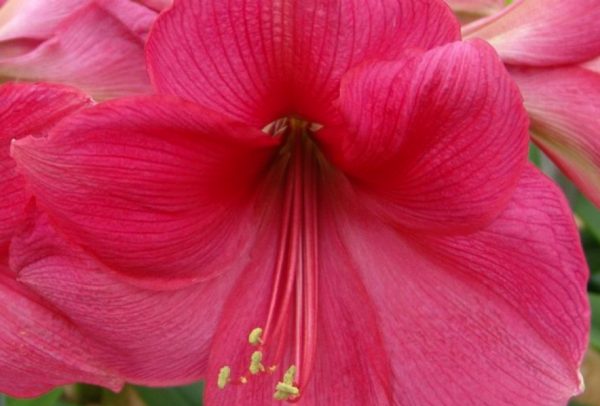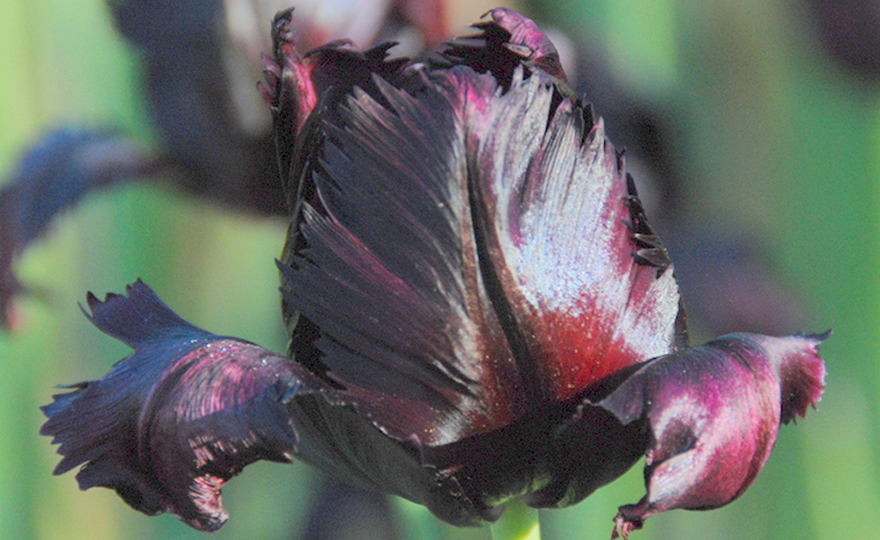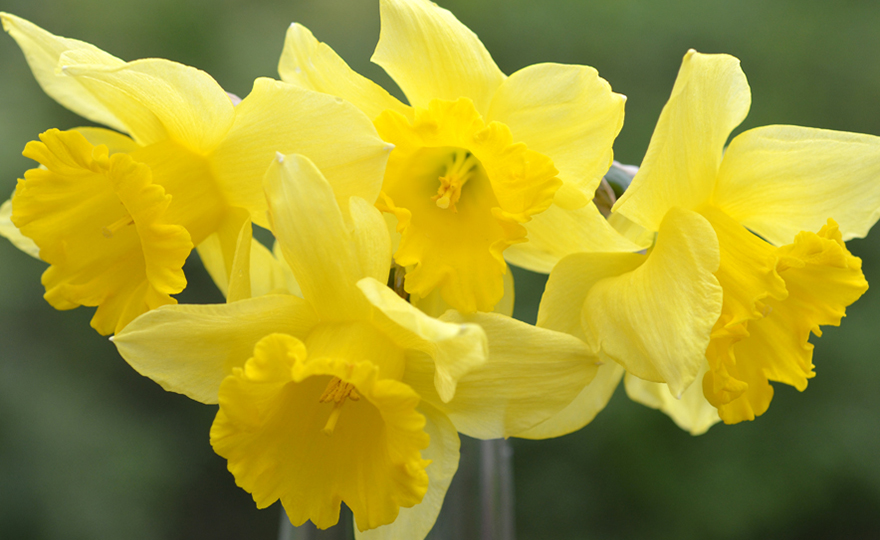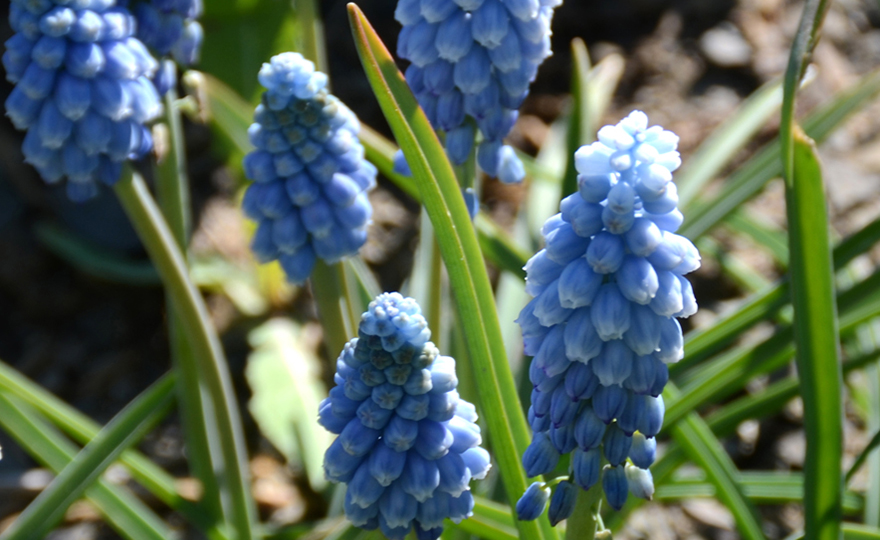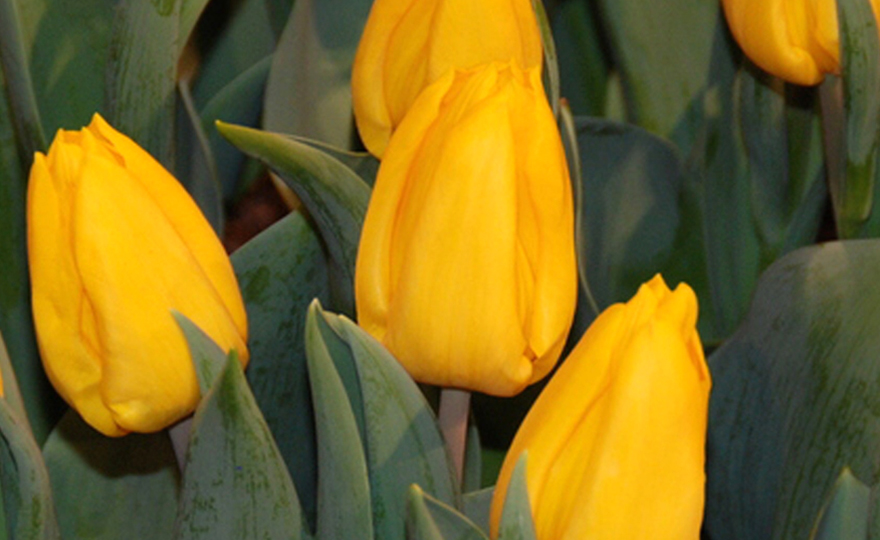
Winter-Flowering Single Amaryllis, Pink Surprise
-
- **SOLD OUT** HOLIDAY GIFTS **SOLD OUT**
- **SOLD OUT** Holiday Books **SOLD OUT**
- **SOLD OUT** Holiday Citrus **SOLD OUT**
- **SOLD OUT** Holiday Gift Certificates **SOLD OUT**
- **SOLD OUT** Holiday Paperwhites **SOLD OUT**
- **SOLD OUT** Holiday Praying Mantis Kits **SOLD OUT**
- **SOLD OUT** Holiday Tools **SOLD OUT**
- **SOLD OUT** Holiday Wildflower Mixtures **SOLD OUT**
- Citrus Trees
- **SOLD OUT** - Vegetable and Herb Plants - Mix & Match any 6 Plants for $50 - Only Shipped in Quantities of 6
- Elephant Ear Plants & Roots
- **SOLD OUT** 4-Inch Pot Herb Plants **SOLD OUT**
- Rare Plants
- **SOLD OUT** Vining Plants **SOLD OUT**
- Asian Seeds
- Beneficial Bugs
- Books
- Citrus Fertilizers
- Cold-Treated Bulbs - SEE BULBS FOR FALL PLANTING TO ORDER
- Cold-Treated Allium
- Cold-Treated Chionodoxa
- Cold-Treated Crocus
- Cold-Treated Hyacinthoides
- Cold-Treated Hyacinthus Orientalis
- Cold-Treated Narcissus
- Cold-Treated Cyclamineus Narcissus
- Cold-Treated Double Heirloom Narcissus
- Cold-Treated Jonquilla Narcissus
- Cold-Treated Large Cupped Narcissus
- Cold-Treated Poeticus Narcissus
- Cold-Treated Small Cupped Narcissus
- Cold-Treated Species Miniature Narcissus
- Cold-Treated Split Cupped Narcissus
- Cold-Treated Tazetta Narcissus
- Cold-Treated Triandus Narcissus
- Cold-Treated Trumpet Daffodils
- Cold-Treated Ornithogalum
- Cold-Treated Rock Garden Iris
- Cold-Treated Scilla
- Cold-Treated Tulips
- Cold-Treated Emperor Tulips
- Cold-Treated Fringed Tulips
- Cold-Treated Green or Viridiflora Tulips
- Cold-Treated Lily Flowering Tulips
- Cold-Treated Parrot Tulips
- Cold-Treated Peony Flowering Tulips
- Cold-Treated Single Early Tulips
- Cold-Treated Single Late Tulips
- Cold-Treated Species Tulips
- Cold-Treated Triumph Tulips
- Flower Bulbs, Corms and Tubers
- Bulbs for Spring Planting
- Bulbs for Fall Planting - ALL BULBS AVAILABLE ARE COLD TREATED FOR PLANTING AS SOON AS SOIL CAN BE WORKED
- Fall Blooming Bulbs
- Garden Tools & Equipment
- Gift Certificates
- HHH Exclusive Wildflower Mixtures
- Wildflower Mixtures
- Heirloom Garlic
- Potatoes
- Roots & Sets
- Seeds
- Flowers
- Herbs
- Vegetables
- **SOLD OUT** HOLIDAY GIFTS **SOLD OUT**
-
- No products to compare
-
Quick Overview
WINTER-FLOWERING SINGLE AMARYLLIS, Pink Surprise
Pink Surprise is a watermelon pink beauty with luminous magenta pink veins and a deep magenta throat and anthers. The petals are broad, and the flowers are large. The plants can reach heights of 16-20 inches.

Winter-Flowering Single Amaryllis, Pink Surprise
Amaryllis are native to various parts of the subtropics and tropics. The large, voluptuous bloomers are native to South America and were discovered in Chile in 1828. The hardy, Amaryllis belladonna, are native to South Africa. The Cybister Amaryllis were developed by the legendary, San Diego plant breeder, Fred Meyer, from amaryllis varieties collected in Brazil. Amaryllis began to enjoy popularity during the Victorian era and have continued to grow in popularity. Tropical Amaryllis have become one of the most beloved blooming houseplants now in commercial cultivation. Their gigantic, opulent blossoms bring unequalled beauty and joy to any environment during the dreary days of winter. The hardy Amaryllis are growing in popularity because of their unique bloom time (early fall) and vivid colors. Cybister Amaryllis are a relatively recent and are growing in popularity with Amaryllis conniseurs.
For best results, soak, ROOTS ONLY, for 12-24 hours by balancing the bulb on a jar of tepid water. Do not soak the bulb itself because it may cause the bulb to begin to rot. Depending on the size of the bulb, plant in a 6-8 in. diameter pot. Use a rich, heavy potting soil that drains easily and add some slow release fertilizer. Position the bulb so that its nose is above the rim of the pot and its shoulders are above the soil. Place the potted bulb in a warm, light-filled spot free from drafts. Allow the soil to dry out on top before watering. When the first shoots appear, begin to water with a half-diluted, blossom booster fertilizer. When the buds start to open, move the pot to a cooler area to prolong the bloom. It will take 6-10 weeks to produce blossoms.

